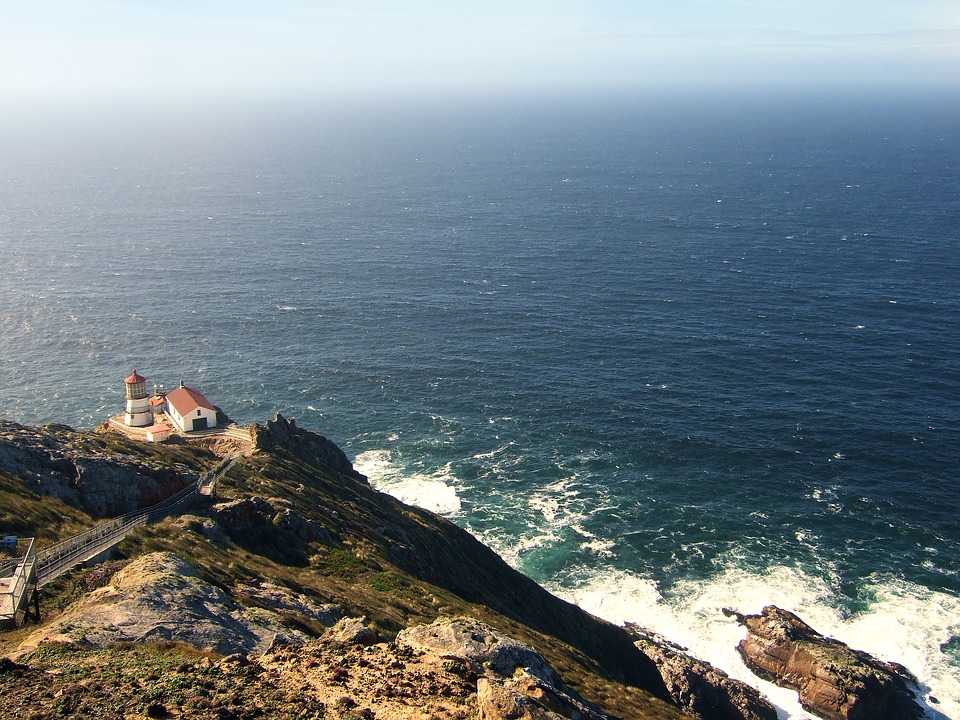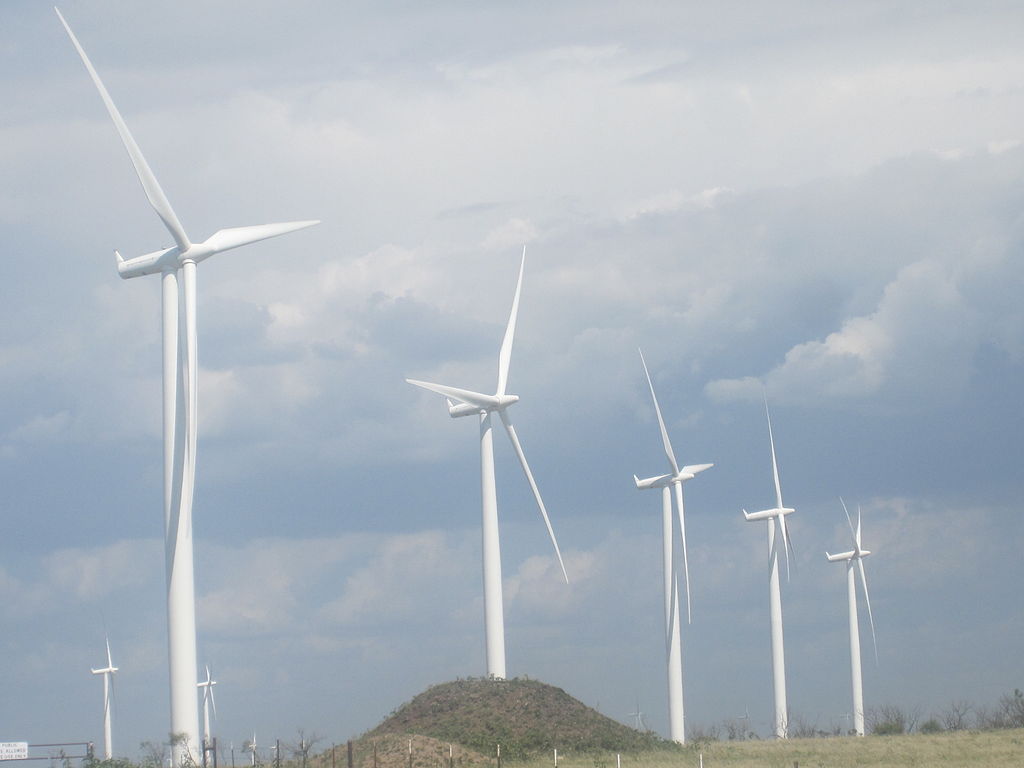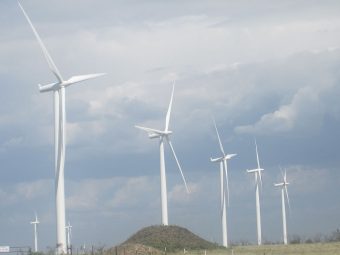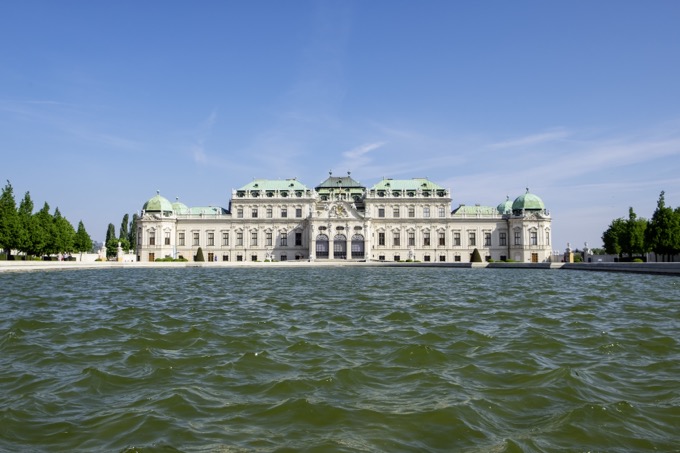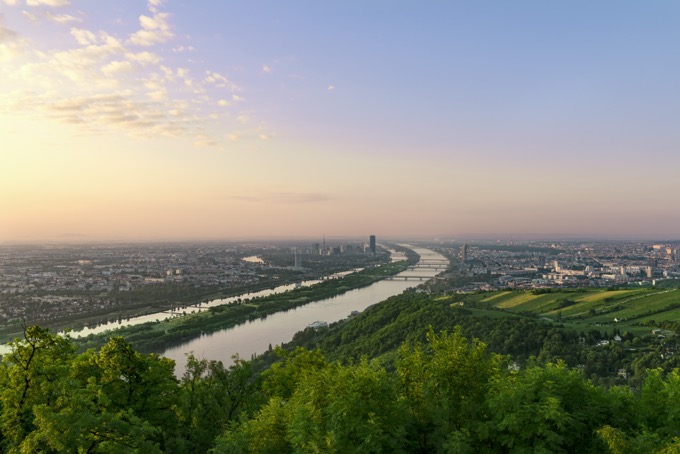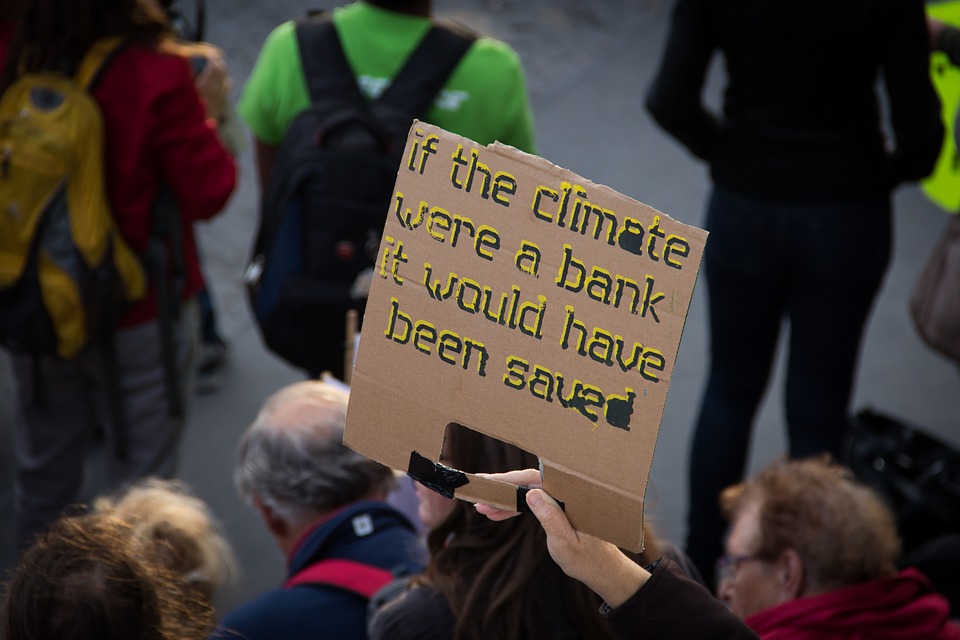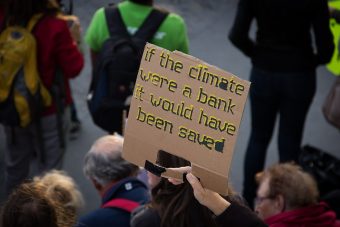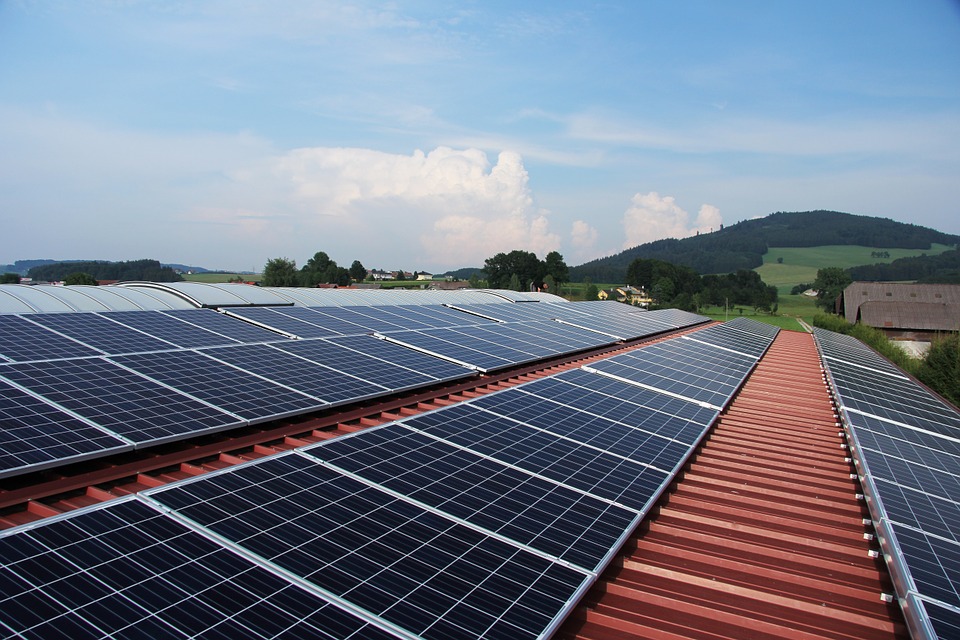People living in coastal areas need to seriously consider moving further inland to escape the threat of climate change-related flooding.

That’s according to Luciana Esteves, Associate Professor at Bournemouth University, who says coastal flooding and erosion are posing an increasingly real threat to property, local economies and even life.
She says settlements close to the sea are often prosperous and highly populated, making them particularly sensitive to the impacts of climate change.
Ms Esteves claims despite the danger, global public policies have not proved very effective in managing the issue.
She adds adaptation options are often unsuitable for high-risk regions and suggests in these areas, relocation is the only safe climate-proof response.
There are often significant uncertainties regarding climate change and as a result, planning and co-ordinating relocation can be difficult – in some places, effects of sea level rise are already apparent but it is still difficult to calculate the rate and severity of flooding in the future.
Ms Esteves praises France for introducing a comprehensive national strategy focused on relocation from high-risk areas, placing a duty on local authorities to develop plans by 2020, identifying the areas at serious risk and working out what needs to be relocated and how.
Source: Energy Live News


